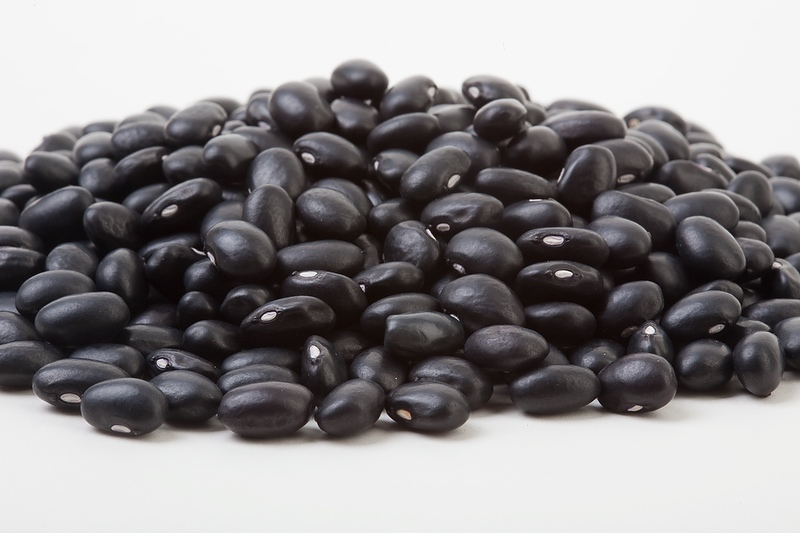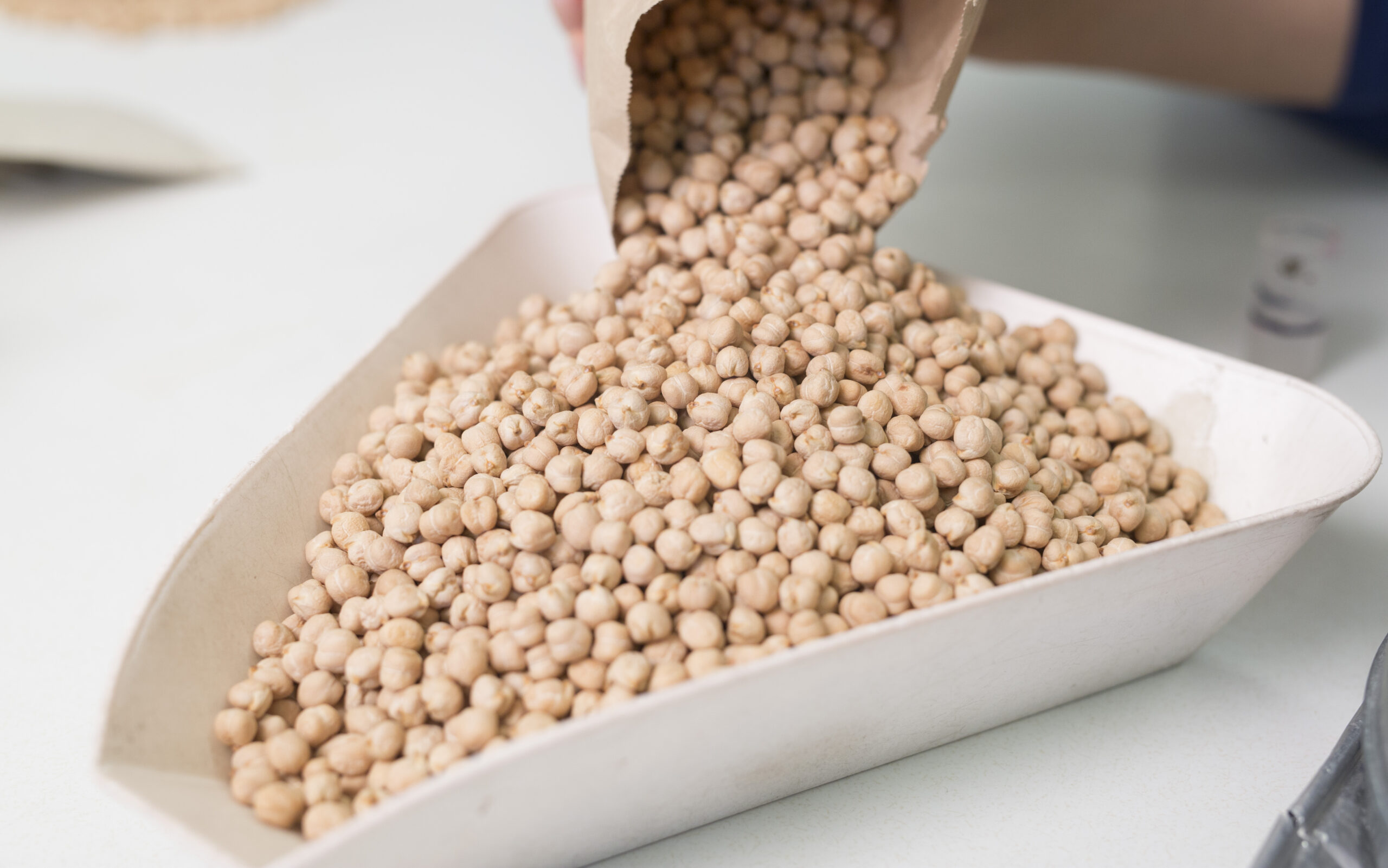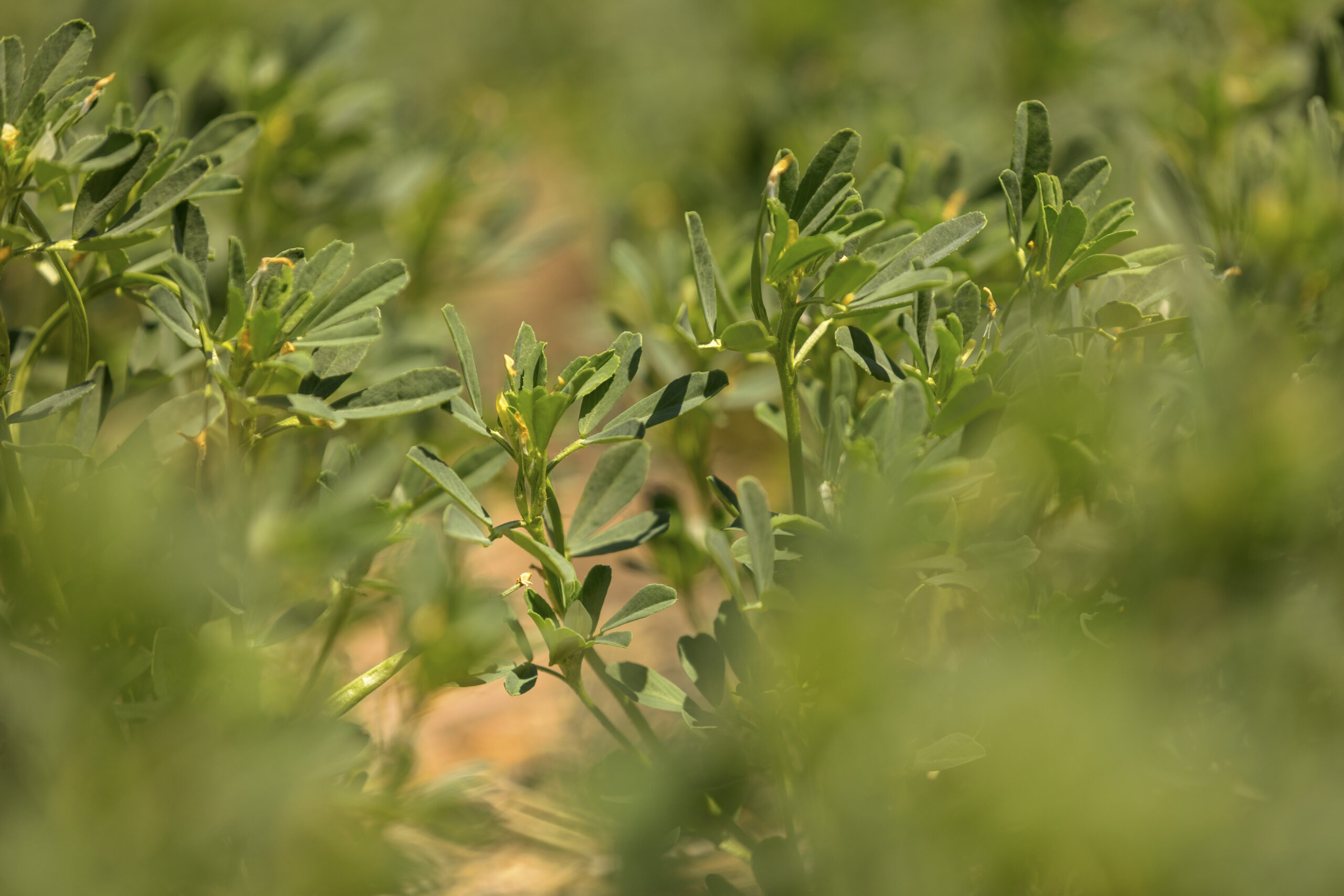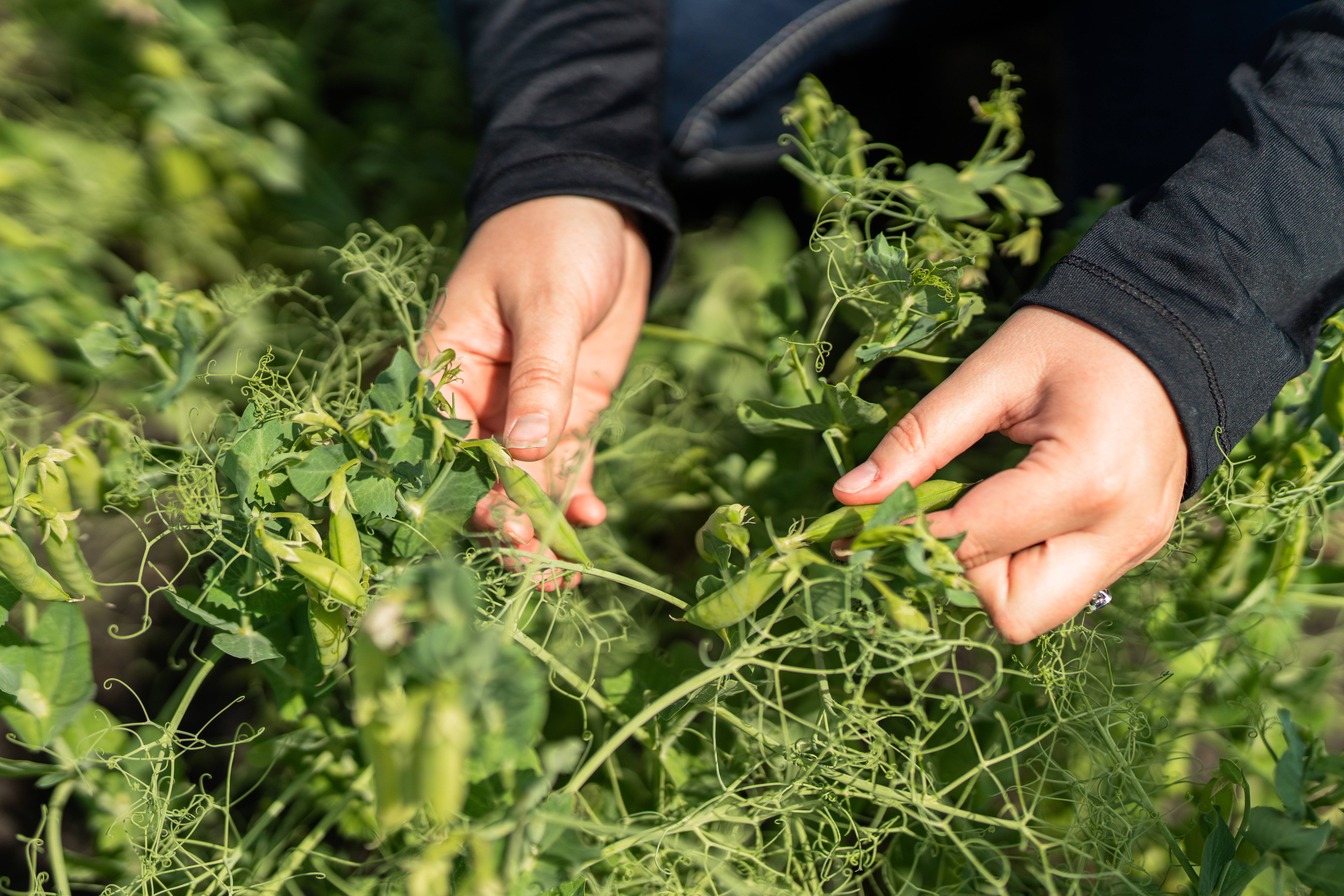Dry bean growers in Western Canada will soon be rewarded. New varieties of dry bean with greater disease resistance, optimal seed quality, and higher yield will soon be ready to plant, thanks to a project led by Dr. Anfu Hou of Agriculture and Agri-Food Canada (AAFC) in Morden, Man.
Dr. Hou and his team screened dry bean varieties, such as navy, black, cranberry, and white kidney, all of which were not irrigated and were close to commercialization for disease resistance, optimal seed quality, and yield potential.
Common bacterial blight (CBB), Fusarium root rot, white mould, and anthracnose have long posed challenges to Manitoba’s dry bean growers, reducing yield and quality, raising production costs, and increasing environmental concerns over the need for additional pesticides.
The prevalence of these diseases is shocking. Plants with CBB symptoms of varying severity turned up in 98% of fields surveyed during recent studies led by Drs. Robert Conner, Debra McLaren, and Anfu Hou, researchers with Agriculture and Agri-Food Canada (AAFC).
That study—part of a breeding program that began in 2004 to meet grower demand for disease-resistant dry bean varieties—surveyed large bean populations across a variety of market classes to build up knowledge about local plant genetics.
“Our findings led us to map genes for disease resistance and, from there, breed stronger varieties of beans that are now at various stages in the commercialization pipeline,” says Dr. Hou.
One of these varieties, cranberry bean AAC Scotty, licensed to Canterra Seeds in Canada and Meridian Seeds in the United States (U.S.), is already registered in Canada and has been granted Plant Variety Protection (PVP) south of the border, where it will soon undergo yield trials.
Dr. Hou is encouraged by the progress plant researchers and breeders have made since dry bean crops were introduced to Southern Manitoba fields. Ten to 15 years ago, there were virtually no dry beans with CBB resistance in Western Canada. Researchers began working together to introduce resistance from Ontario varieties, but those matured too late to suit the needs of Manitoba growers. It took some time to transfer disease resistance to varieties that matured earlier.
“The more we learn about disease resistance and apply those findings to breeding programs, the better we are able to help farmers increase revenues from these crops today and in the future,” says Dr. Hou.
Still, plenty of work remains to be done outside the scope of this specific project. Dr. Hou’s team aims to develop dry bean tolerance to cold, wet conditions, which will benefit Western Canadian farmers wanting to seed earlier in the year. Dr. Hou will also soon begin breeding dry bean varieties that offer greater nitrogen fixation, resulting in crops that are more sustainable and cost-effective to grow.
“If we can provide farmers dry bean varieties that can fix 5% more nitrogen, that will increase yield and decrease production cost for hundreds of thousands of acres of beans,” he says.
Dr. Hou urges dry bean growers to research which new and emerging varieties will work best for their operation. The results of his research are now widely available in scientific journals.
Farmers can rest assured that their investments in research, such as Dr. Hou’s, have and are leading to the development and commercialization of crop varieties that are both profitable and practical.

Project: Early maturing dry bean variety and germplasm development for Manitoba and Western Canada
Industry Funder: Manitoba Pulse and Soybean Growers
Project Cost: $1,380,376
Project Completion Date: March 31, 2023



